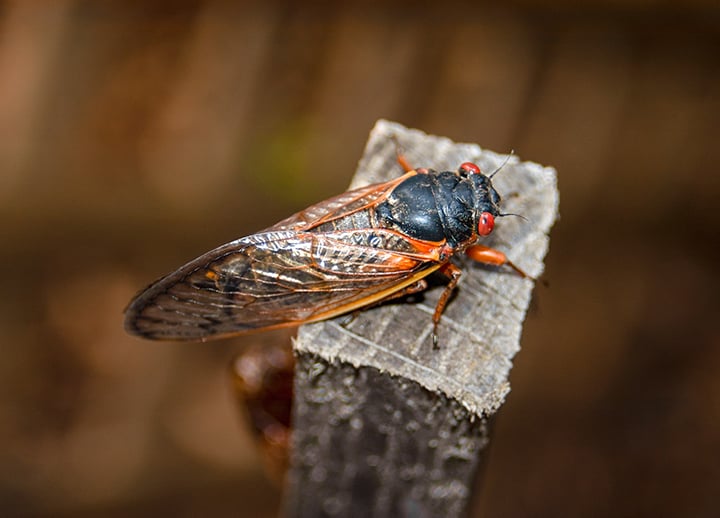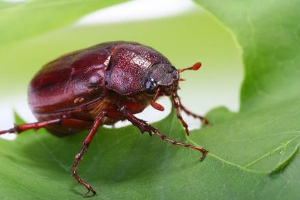The Brown recluse spider (Loxosceles reclusa) has quite a reputation. Recluses possess a necrotic venom that, in rare cases, triggers severe or even life-threatening symptoms in bite victims. To make matters worse, the spider is relatively common in the central and southern US.
After hearing about the Brown recluse, people start imagining them everywhere. No matter how rare Brown recluse spider bites are (very), just the possibility is enough to trigger arachnid freak out. That’s why we put together this guide on how to identify a Brown recluse. We tell you what a brown recluse spider looks like by covering:
- Size
- Coloring
- Markings
- Eye pattern
- Hairs
Next time you think you see a recluse, check it against our description before you run screaming to the neighbor’s house.
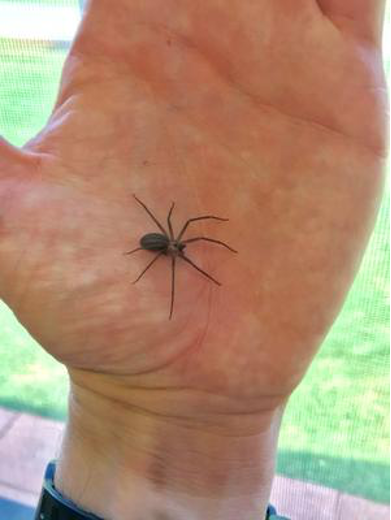
Brown Recluse Size: How Big are Brown Recluse Spiders?
For a spider with such a big reputation, brown recluse spiders are relatively small. They can vary from ¼- ¾ inch with legs extended. That’s about the size of a quarter.
If you find yourself cornered by a big scary looking spider, chances are it isn’t a brown recluse. You may be seeing a wolf spider or other species.
What are the identifying features of a brown recluse spider?
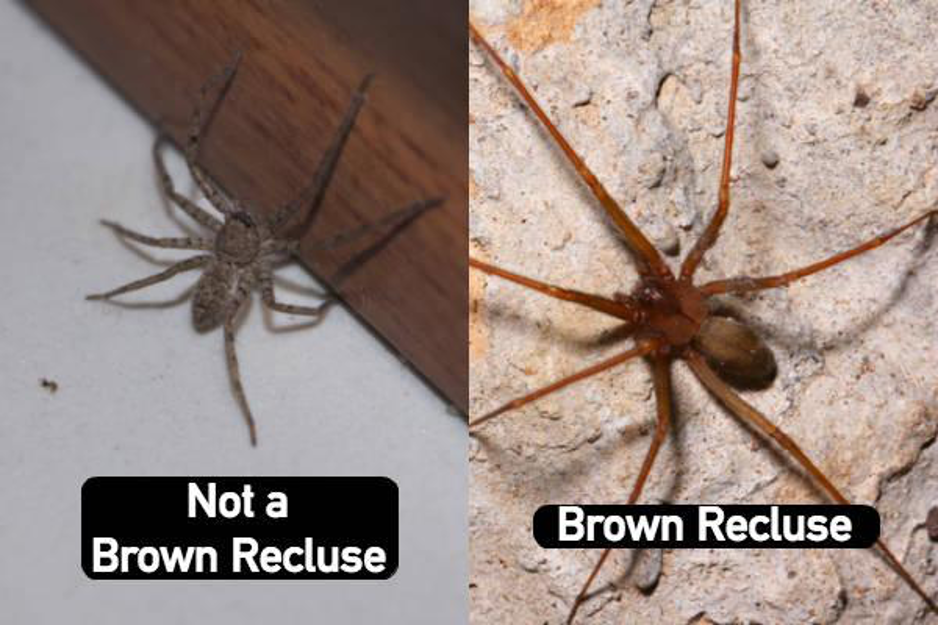
1. Uniform Coloration
The brown recluse spider ranges in coloration from light, tan-brown to a darker, dirt-like brown. Their legs and head may be slightly different versions of the same color, but their coloration is mostly uniform. Brown recluse spiders are largely mono-colored. The exception is the single, small dark mark on their abdomen (we’ll get to that).
Brown recluse spiders have no stripes, bands, or mottling. If the spider you’re looking at has stripes or bands, it’s not a Brown recluse. Many spider’s legs have multi-colored banding or speckled pigmentation, but Brown recluse legs do not. Likewise, other spider’s legs are frequently darker than their bodies, brown recluse’s legs will be lighter.
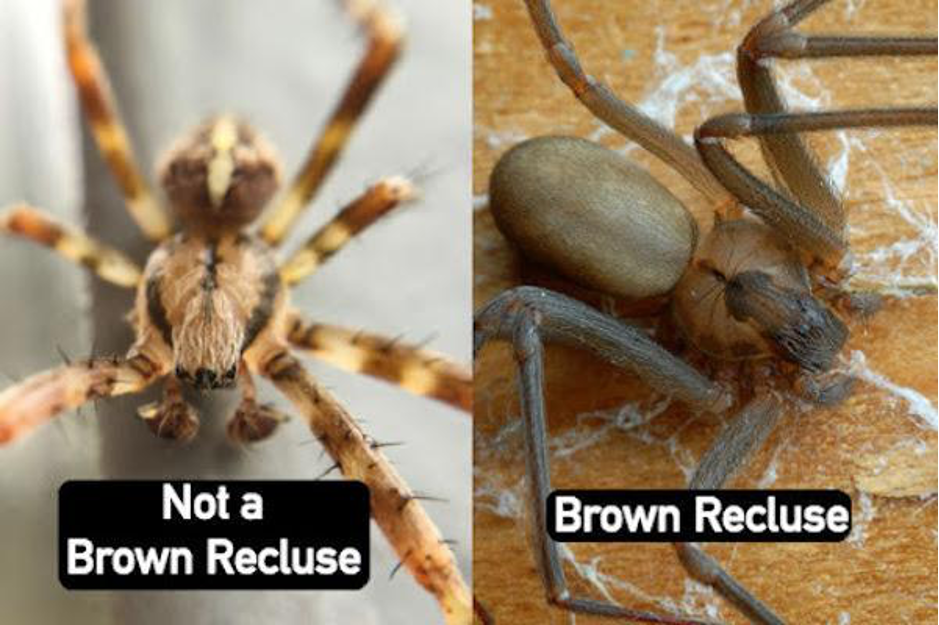
2. “Violin” Mark
All Brown recluse spiders have a single “violin-shaped” mark at the top of their cephalothorax (fused head and thorax). This mark varies in size and intensity, but it’s always darker than the spider’s body. The violin “body” is broadest at the top of the spider’s head, behind its eyes. As the mark runs toward the abdomen, it tapers off to form the “neck” of the violin.
The specific shape and color of the violin mark varies from spider to spider. It may not look exactly like a violin or it may be almost too small to see. Young Brown recluse spiders may not have developed their mark yet. If the marking is lighter than the spider’s body, then it’s definitely not a Brown recluse. Likewise, if the spider has markings on its abdomen (not its cephalothorax), then you can count Brown recluse spiders out.
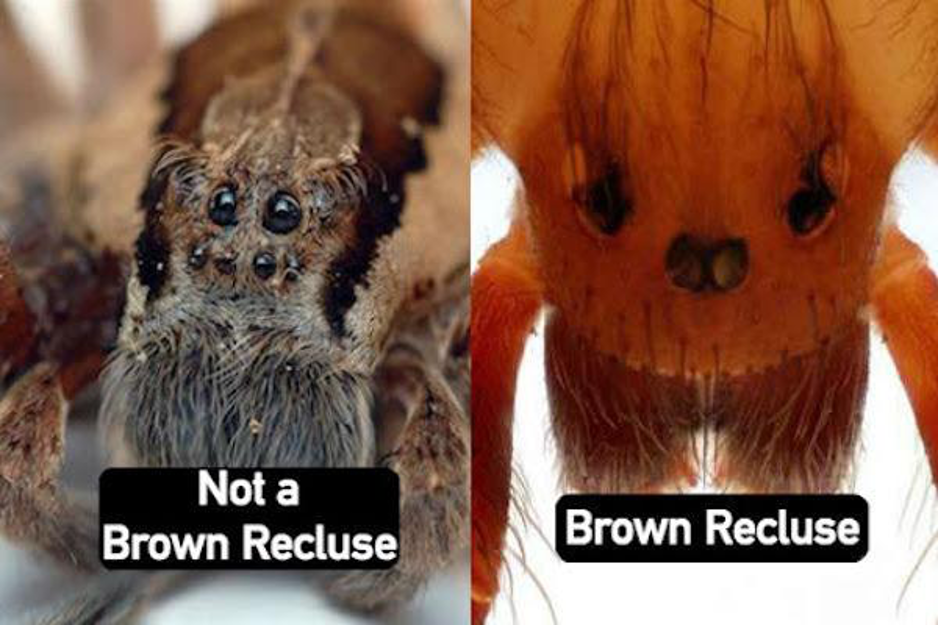
3. Eye Pattern
Almost all spiders have eight eyes, but Brown recluse spiders only have six. These eyes are arranged in three pairs of two. The two pairs on the sides of the spider’s head are slightly higher. The pair in the center is slightly lower.
Brown recluse spider’s eyes are very small and black, making them difficult to see. Other spiders may have the same eye structure, but not the recluses’ violin mark and color uniformity.
Obviously, we don’t recommend getting too close to the spider you’re identifying. If you’re very worried about the spider, or it’s already bitten you, attempt to trap it before examining it. You could also examine it once it’s dead. Show it to your doctor or pest expert. We’ll be able to positively identify it for you using a magnifier.
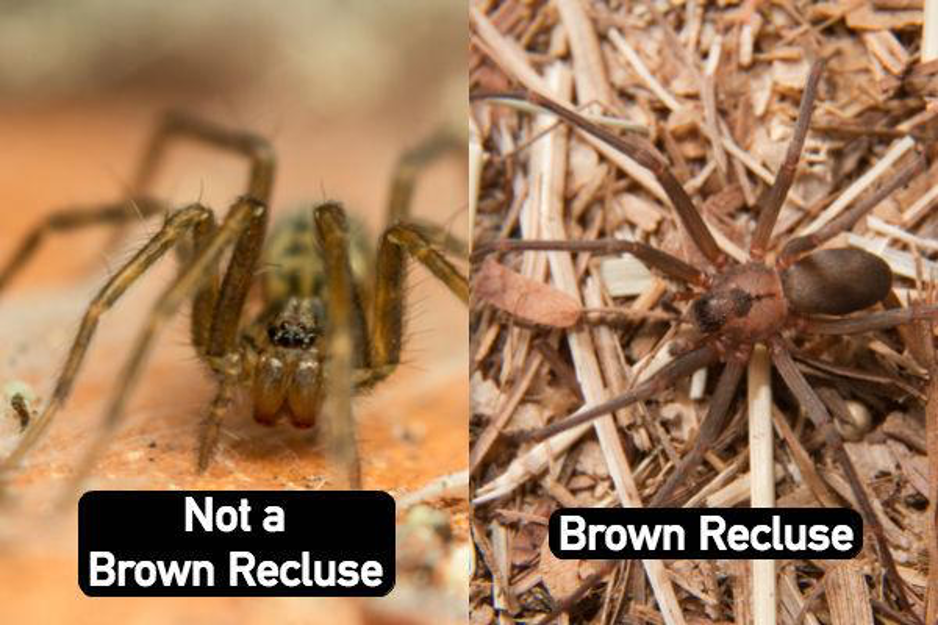
4. Fine Hairs, Not Spines
Most spiders, including common house spiders, have large “spines” on their legs and abdomens. These spines are actually thick, modified hairs that cover the spider’s limbs and help them hold their prey.
Unlike most spiders, Brown recluse spiders do not possess these “spines.” Instead, they’re covered in many short, fine hairs. These hairs are small and difficult to see, making them easy to differentiate from spines. Like their coloration, a recluse’s hair is also uniform throughout their body.
If you look closely, you’ll be able to see hair growing everywhere except the spider’s head. Conversely, if you notice long or matted-looking hair, then the spider isn’t a recluse. Recluse hair is short and not used to ensnare prey like spined spiders.
Summing it All Up: A Quick Guide to Brown Recluse Spiders
The Brown recluse spider:
- Small (¼ to ¾ inches).
- Uniformly tan or brown.
- Single brown violin mark near its head.
- Six eyes, not eight.
- Covered in fine hair without spines.
If your spider possesses each of these characteristics, it might be a Brown recluse. If it’s missing any, then it’s not.
Plunkett’s Can Help with All Spiders
If you’re concerned about Brown recluse spiders in your home, we don’t blame you! Before you punch the panic button, give Plunkett’s a call. We’ll be able to help drive the spiders in your home away--whether they’re Brown recluse spiders or not!

